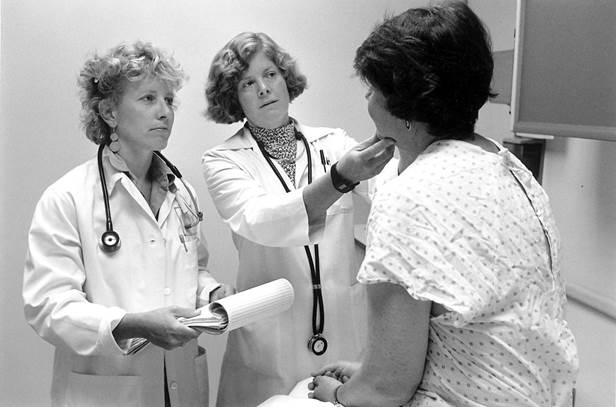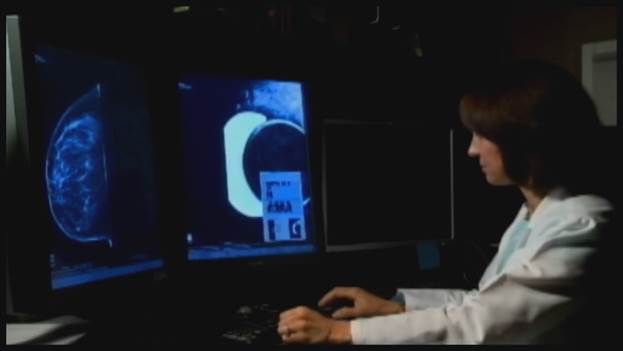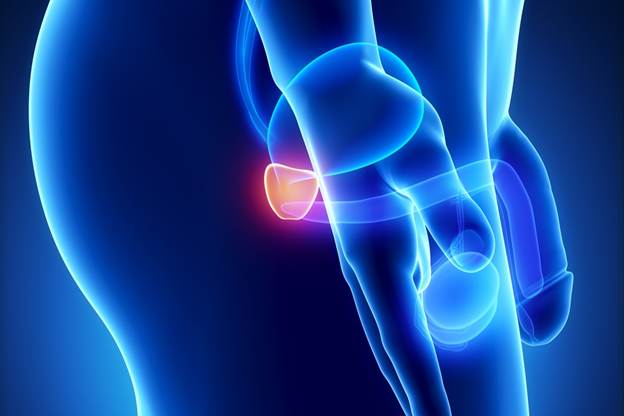Americans’ understanding of cancer
screening is rooted in simplistic advertising campaigns from the 1950s and
1960s that focused almost exclusively on early detection, according to Brawley of
the American Cancer Society. “Those messages were appropriate in their time,
but the science has evolved and our ability to detect tumors earlier has
progressed,” he says. “Unfortunately, the message hasn’t changed.”

“Early
detection saves lives. The 5-year survival rate for breast cancer when caught
early is 98%. When it’s not? 23%.”
Consider this message from a 2011
promotional campaign run by the breast-cancer nonprofit Susan G. Komen for the
Cure: “Early detection saves lives. The 5-year survival rate for breast cancer
when caught early is 98%. When it’s not? 23%.”
Those numbers deserve an Oscar for best use
of misleading statistics, according to an August 2012 editorial in the British
Medical Journal. “Just because you are diagnosed earlier doesn’t mean that you
will ultimately live any longer,” says co-author Steven Woloshin, M.D., a
director at the Center for Medicine and Media at the Dart-mouth Institute.

“Just
because you are diagnosed earlier doesn’t mean that you will ultimately live
any longer,”
He provides an example: Imagine that 100
women receive a diagnosis of breast cancer after feeling a lump at age 67 and
die at age 70. Their five-year survival rate is 0 percent. Now imagine that
their cancer is detected at age 64 but they still die at age 70. Their
five-year survival is now 100 percent, “even though,” Woloshin says, “no one
lived a second longer.”
Survival statistics also tend to be
in-flatted by over diagnosis or by finding cancers that won’t become deadly.
The more cases detected, even harmless ones, the more people are designated as
survivors.
Cancer screening remains stuck in a 1960s
view of the disease.
That leads to what Welch calls the
popularity paradox. “The more over-diagnosis, the more effective a test appears
and the more popular it becomes,” he says. “It’s a vicious cycle.”
Komen still runs those confusing numbers on
its website, and other messages that make screening seem more effective than it
really is still abound. “This shows how numbers can trick you to believing that
screening has a really big benefit even when it is small or even nonexistent,”
Wholoshin says.

Cancer
screening remains stuck in a 1960s view of the disease.
If you find disease-related statistics
confusing, don’t feel bad. Many doctors don’t get them, either. In one study,
researchers presented 412 doctors with what appeared to be data from two tests.
The first showed a five-year survival rate that improved from 68 percent to 99
percent; the other, that the mortality rate dropped from two deaths per 1,000
people screened to 1.6 deaths. The doctors were three times more likely to
recommend testing based on the first set of data than the second. But here’s
the kicker: The data applied to the same test, PSA screening for prostate
cancer. Many doctors didn’t understand that the five-year survival rate could
make a test look better than it really was.
Experts we talked with said that there is a
need for statistics to be presented more clearly. “We just need to be honest,”
Chou says. “In the end, it’s about trusting people with the information and
empowering them to make good decisions.”
So what’s the harm?
For many people, the risks of
screening-over treating harmless cancers or undergoing additional tests and
procedures only to discover a test was a false alarm –isn’t’ a big concern.
After all, it’s better to be face than sorry, right? If following up on those
red-herring results were simple and risk-free, that would be true. But you
don’t have to look far to find cautionary tales.
For example, even though most men with
prostate cancer will never die of the disease, many are understandably
uncomfortable living with it. Research has found that almost 90 percent of men
with PSA-detected prostate cancer wind up treating it with hormone therapy,
radiation, or surgery. But treatment can have devastating repercussions,
including in-continence and impotence.

Research
has found that almost 90 percent of men with PSA-detected prostate cancer wind
up treating it with hormone therapy, radiation, or surgery
At age 62, John James of Houston had his
prostate removed after a PSA test and follow-up biopsy found cancer. “My
initial reaction was joy that I was cancer-free,” he says, “but I do believe
that the side effects of surgery were vastly underrepresented.
“There’s no point in brooding, and in the
end, I am still happy to not have cancer, but did it save my life? Truth is,
I’ll never know.”
J. Starke’s experience is less typical but
underscores the idea that testing itself poses risks. Even though he described
his PSA numbers as “on the low side,” Starke didn’t question his doctor’s
recommendation to do a biopsy, then a flow-up about three years later when his
reading inched up. “Once you decide to go down the road of testing, you follow
it where it takes you,” he says. After the second biopsy he developed sepsis, a
systemic infection that almost killed him.
The experience has left a mark. “I’m of an
age when I should be going in for a colonos-copy, but I’m finding that I’m
resistant to it,” he admits. “I’m a physician. I’m supposed to be rational, but
that kind of experience has a long-lasting emotional effect.”
Though the numbers for mammography look
better than those for PSA testing, the benefits for women in their 40s aren’t
as significant as they are for older women. As a result, even experts disagree.
For example, the American Cancer Society says that women should be screened
every year starting at age 40. But the U.S. Preventive Services Task Force says
they should generally wait until age 50 and then be screened every two years.
European guidelines agree, as does the World Health Organization, though it
recommends screening every year or two.
“Something we all agree on is that
mammography saves lives,” Brawley says. “But women need to know the limitations
up front. They need to know the risks of false positives and over-diagnosis.”
And, he adds, presented with that information, “some women will choose to say
no.”
S. Kesler, 47, a teacher in Fredericksburg,
Va., knows the downside of screening. After undergoing mammography for a few
years, she switched to a clinic that recommended more aggressive follow-up for
breast calcifications, abnormalities that are typically worrisome only when
they form suspicious clusters. Kesker was called back for mammograms every six
months and eventually a biopsy. But what should have been a simple procedure to
obtain a tissue sample turned into a 4-hour ordeal in which she was strapped to
a table, subjected to multiple punctures, and X-rayed so many times she lost
count. The tests found no cancer. “I am normally very tough, but the experience
left me totally shaken,” Kesler says. “And I still can’t get anyone to tell me
how much radiation I was exposed to.”